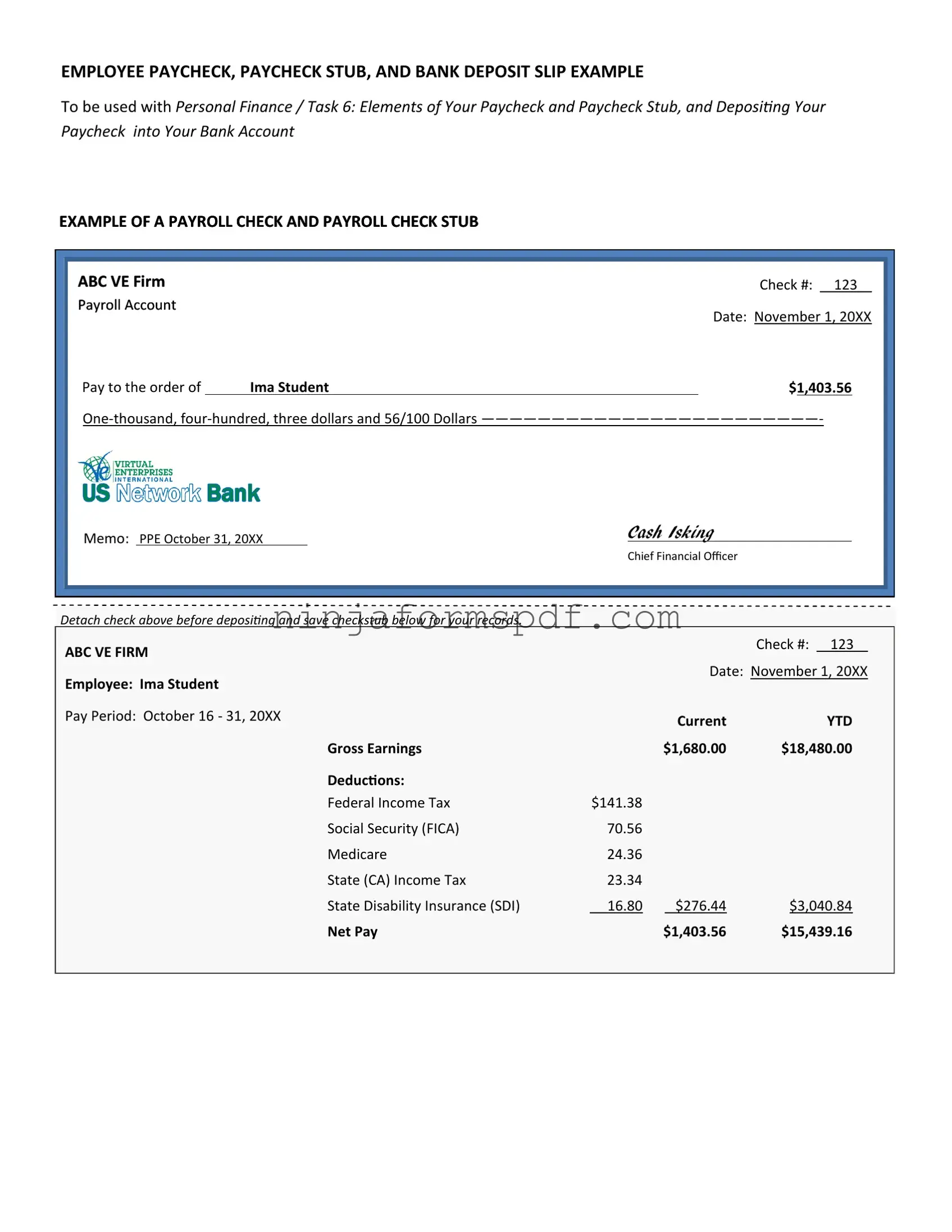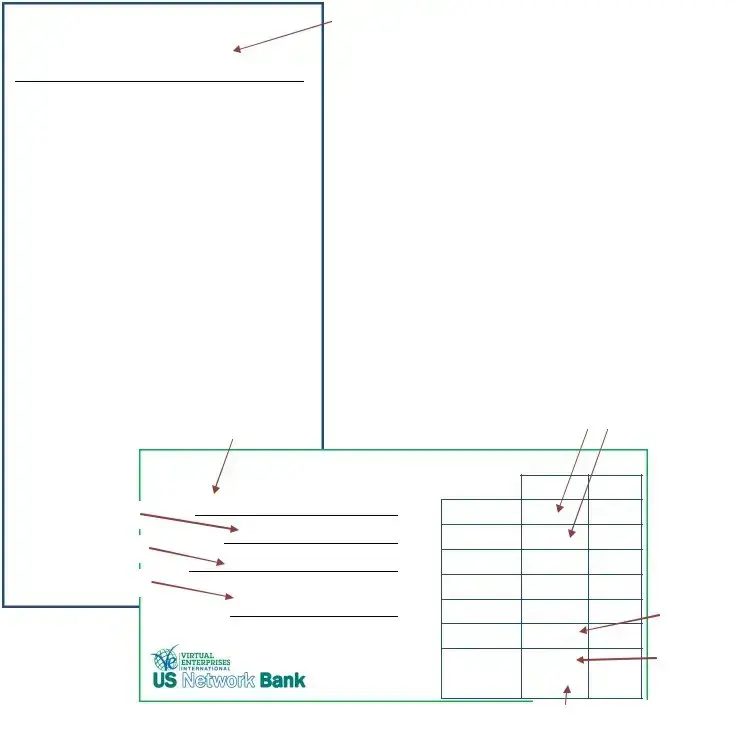What is a Payroll Check form?
A Payroll Check form is a document used by employers to process payments for their employees. It details the amount of money an employee is to receive for their services during a specific pay period. The form might include information such as the employee's gross pay, deductions, taxes, and the net pay.
Who needs to fill out a Payroll Check form?
Typically, the employer or the payroll department is responsible for filling out the Payroll Check form. This ensures that the employee's pay is processed correctly and in accordance with any agreements and tax regulations.
What information is required on the Payroll Check form?
The Payroll Check form usually requires the employee's name, pay period, gross earnings, deductions (such as taxes, social security, and retirement contributions), and the final net pay. Additional details might include employee ID, department, and payment method.
How often should the Payroll Check form be updated?
It should be updated each pay period to reflect the accurate earnings and deductions for that specific timeframe. This frequency will depend on the company’s pay schedule, whether it be weekly, bi-weekly, or monthly.
Is electronic submission of a Payroll Check form acceptable?
In many cases, yes. Electronic submission can streamline the payment process and is accepted by many companies. However, specific acceptance depends on the employer's policies and the regulations of the jurisdiction in which the company operates.
What happens if there is an error on the Payroll Check form?
If an error is found, it should be corrected promptly by the employer or payroll department. This might require issuing a new payroll check and submitting any necessary adjustments to tax agencies to ensure compliance.
Can an employee request changes to deductions on their Payroll Check form?
Yes, employees can usually request changes to certain deductions, such as retirement contributions or voluntary withholdings. These changes must be officially documented and approved by the employer.
Is a physical copy of the Payroll Check form required if electronic submissions are used?
This depends on the employer's policy and any applicable legal requirements. While electronic records are increasingly accepted, some jurisdictions or circumstances may require retaining a physical copy for auditing purposes.
Who has access to the Payroll Check forms?
Access to Payroll Check forms is typically limited to the employee in question, their employer, the payroll department, and any relevant government tax agencies. Confidentiality protocols are strictly enforced to protect employee’s personal and financial information.
What should be done with old Payroll Check forms?
Old Payroll Check forms should be kept for a minimum period as required by law, which can vary by jurisdiction but is generally several years. They must be stored securely to protect sensitive information and then disposed of properly, such as through shredding.


